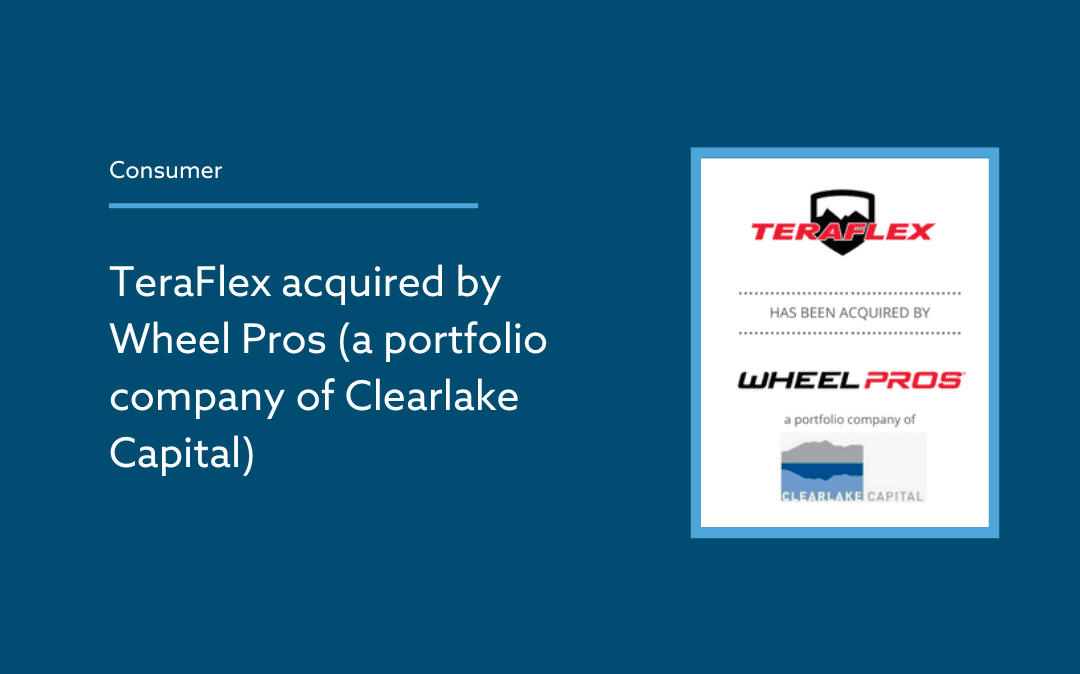Outdoor Recreation
Chapter 1
Outdoor Recreation is Booming, and the Surge has Staying Power
Outdoor recreation as a category was one of the more surprising beneficiaries of the pandemic, with industries like golf, bicycling, camping, and power sports seeing strong increases in interest and activity coming out of COVID. Additionally, the post-COVID effects indicate that patterns in how we return to work will affect outdoor participation. Remote work allows many to participate outdoors for the first time, during hours when they would have been in an office or commuting, and across more outdoor activities.
According to the Outdoor Industry Association, outdoor recreation accounted for 1.8% of U.S. GDP in 2021, totaling $689 billion in economic output, and supported 4.3 million jobs1. Additionally, new participant entries into outdoor recreation are up 26% since January 2020. Skateboarding, hiking, kayaking, and surfing had the highest growth rates across outdoor categories.
While those impressive numbers may have been expected to drop off the pandemic waned, the 2021 data indicate that participation in this category is stickier than once thought, with 164 million Americans aged six and over, or 54% of the U.S. population, participating in at least one outdoor activity last year. Particularly notable, is the more than 10.6 million Americans who have started enjoying an outdoor sport since March 2020. Verified Market Research predicts that the market for outdoor recreation products alone will reach $178 billion by 2028.
The number of golf rounds played in 2021 was 18% higher than in 2017-2019. Additionally, in 2020, golf experienced its biggest net increase since 1997.1
Chapter 2
New Types of Customers, New Types of Buyers for Outdoor Recreation
Part of the outdoor recreation category’s strength is in its breadth. More than only hiking and camping, companies in this segment include supplemental industries such as golf courses and equipment providers, ATV and power sports manufacturers, activewear companies, and more. As a result, there are a wide range of ongoing growth levers that are supporting the category’s expansion.
Travel limitations during the pandemic convinced millions of people to find fun closer to home and outside, and those new habits have not faded with the virus. As flexibility in the job market has become more consistent, more workers have time to dedicate to outdoor recreation and a refreshed need for activewear and equipment to participate.
Traditional seasonality has had less of an impact. Activities like golf and skiing remain weather and condition dependent, but enthusiasts are now increasingly rotating to new activities. From season to season, their activities mirror retailers that might sell skis in winter before converting to tennis and other sports in the spring and summer. No matter the sport, they’re often selling to the same customer. These customers are active, and they want to be enjoying the outdoors no matter what time of year it is.
The customers also want to be able to enjoy the outdoors in new ways. Today’s golfer wants their music on the course with them. The same applies to other segments in outdoor recreation – people want to participate in these activities along with the comfort and entertainment they’ve come to expect in their lives. As a result, traditional outdoor recreation companies are looking for ways to expand their offerings and reach more potential customers. What else can they offer their existing customers?
All of this growth has driven a proportionate increase in M&A activity around outdoor recreation, particularly in roll-up transactions. For instance, aftermarket powersports supplier SuperATV has expanded outside of its traditional market through M&A, acquiring ball joint manufacturer Keller Performance Products, off-road accessories maker Assault Industries, and others before being acquired itself by Dorman Products in a $500 million transaction in August 2022.
That model is being repeated across the category by large private equity groups. Clearlake Capital, for example, owns Wheel Pros, a designer and manufacturer of aftermarket vehicle enhancements for light trucks, SUVs, passenger cars and ATVs/UTVs.
Wheel Pros itself owns nearly a dozen companies in its vertical, including Teraflex, which produces aftermarket parts for Jeep’s Wrangler line of off-road vehicles. Forbes M+A Group facilitated the Teraflex deal, which exemplifies how strong brands in power sports, offroad, aftermarket automotive, outdoor gear, and other recreation and leisure consumer product sectors are hot right now with investors and acquirers.
That is in addition to more traditional M&A transactions in the outdoor recreation space, such as Callaway’s merger with Topgolf in 2021 as well as the company’s acquisition of Jack Wolfskin, a European outdoor apparel brand.
Want to learn about the optimal and strategic investment options for your outdoor business or business that you are advising?
Chapter 3
Finding the “Right” Buyer
The challenge for M&A in the outdoor recreation category is that this is a very young, very creative industry in which founders are often very passionate and personally connected to what they’re doing. These businesses are typically a reflection of these personal passions, which can be challenging for potential buyers.
This has traditionally caused a disconnect for many private equity buyers. Founders in this segment are in this industry because they have a passion for the work rather than an interest in solely the bottom line.
As a result, culture fit is extremely important in outdoor recreation M&A. Buyers need to share personal interests with the companies they are targeting, not only for optics but to ensure a deep understanding of the end consumers they’ll be selling to.
But sellers need to understand that culture isn’t everything. Buyers are interested in growth, what that growth costs and the potential that exists for more. It also matters how the company sells. Brands focused on traditional brick and mortar retail are less appealing to outdoor recreation buyers than those that are direct-to-consumer due to the cost and infrastructure required to maintain those sales channels.
Part of the attraction of this sector as a whole for buyers is how “light”, including low overhead, that it is. Selling directly to end users is not only possible in an industry like outdoor recreation, where passionate fans readily identify as potential customers, but popular with acquirers as a way to keep costs down. These are customers who do their own research, engage with the brands they follow on social media, and know the influencers and trends that matter to their activities.
The optimal M&A targets in outdoor recreation need to understand all these factors. Forbes Partners can help. We are an award-winning middle market investment banking firm focused on driving maximum value to clients. Our experienced bankers think strategically about value creation and engage and motivate the right targets to compete. We are market makers, and our clients expect nothing less.








